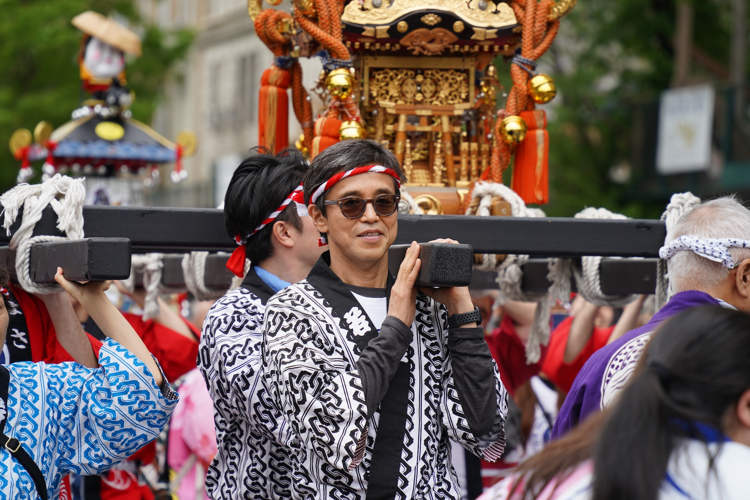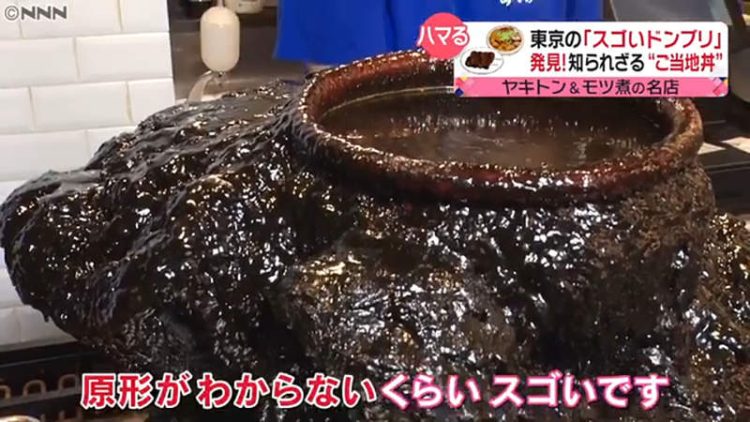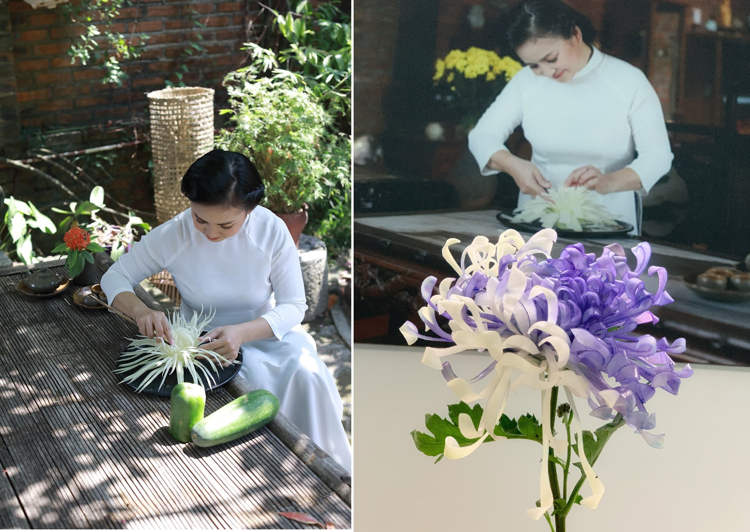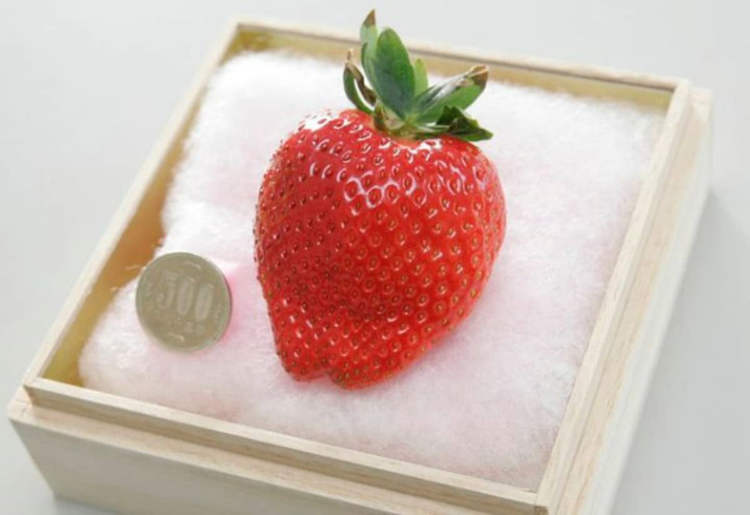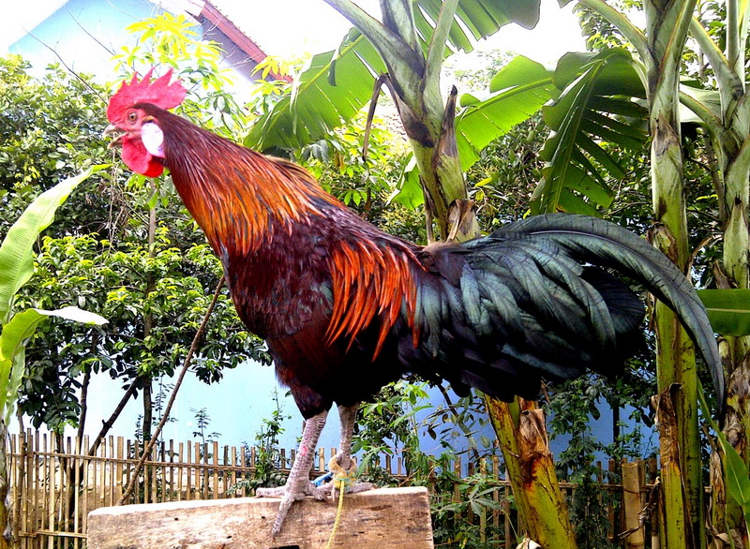Japanese men who carry mobile shrines known as mikoshi every year as part of important Shinto festivals are left with giant callouses on their shoulders that they display as badges of honor.
Carrying mikoshi shrines is considered a great honor among Japanese Shintoists, and while some may do it just once in their lives, the most dedicated of them actually help carry the mikoshi every year, for decades. Because these mobile shrines and the large wooden beams that support them can weigh over a ton, the pressure on the bearers’ shoulders is significant, and after years of service, the shoulders start to develop large callouses known as ‘mikoshi dako’. They are not the prettiest things in the world to look at, but mikoshi bearers wear them as badges of honor.

